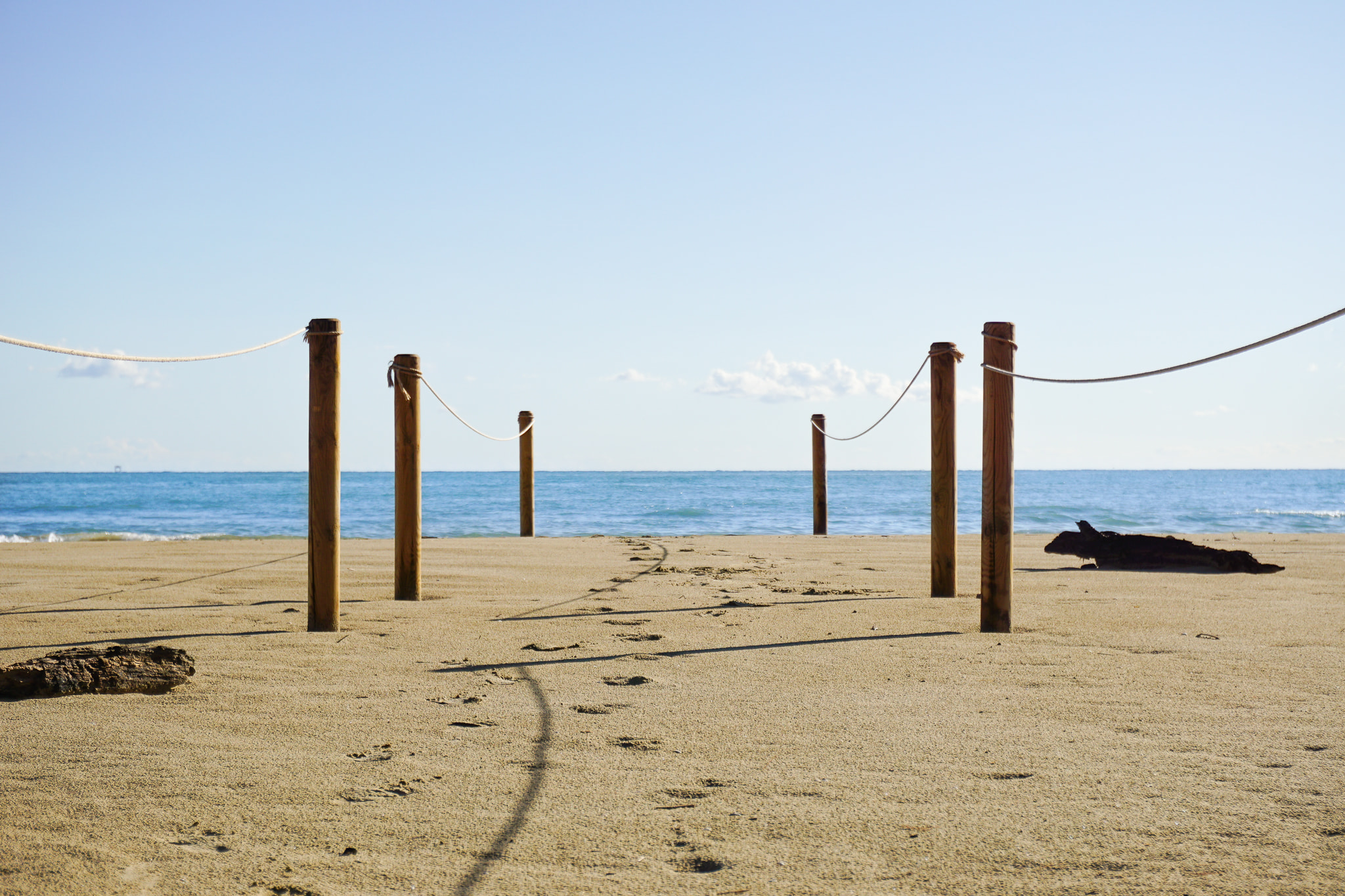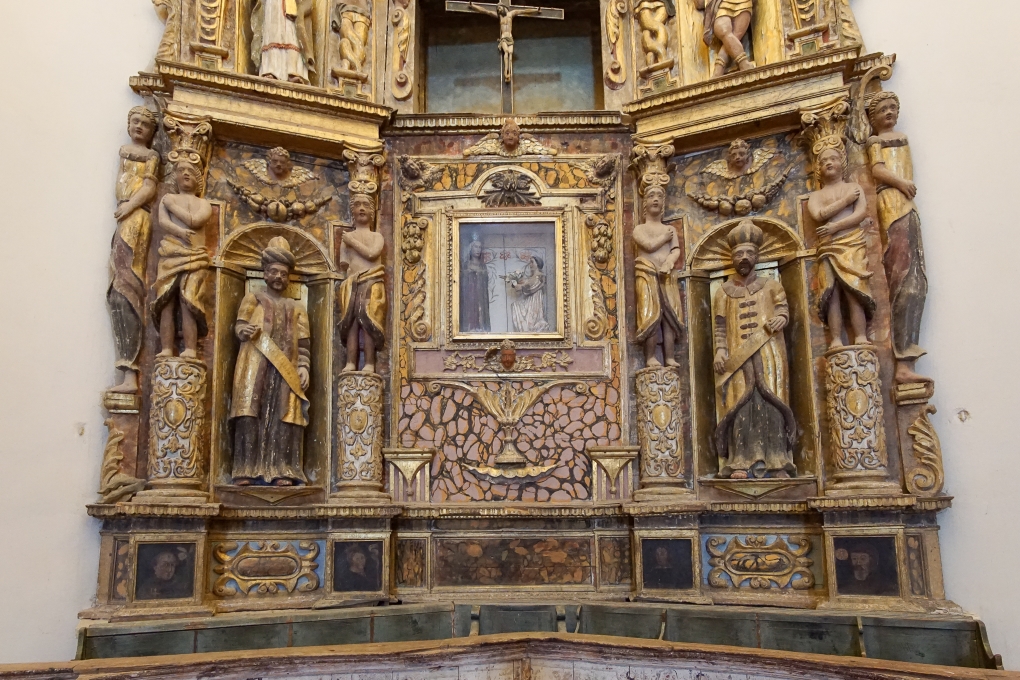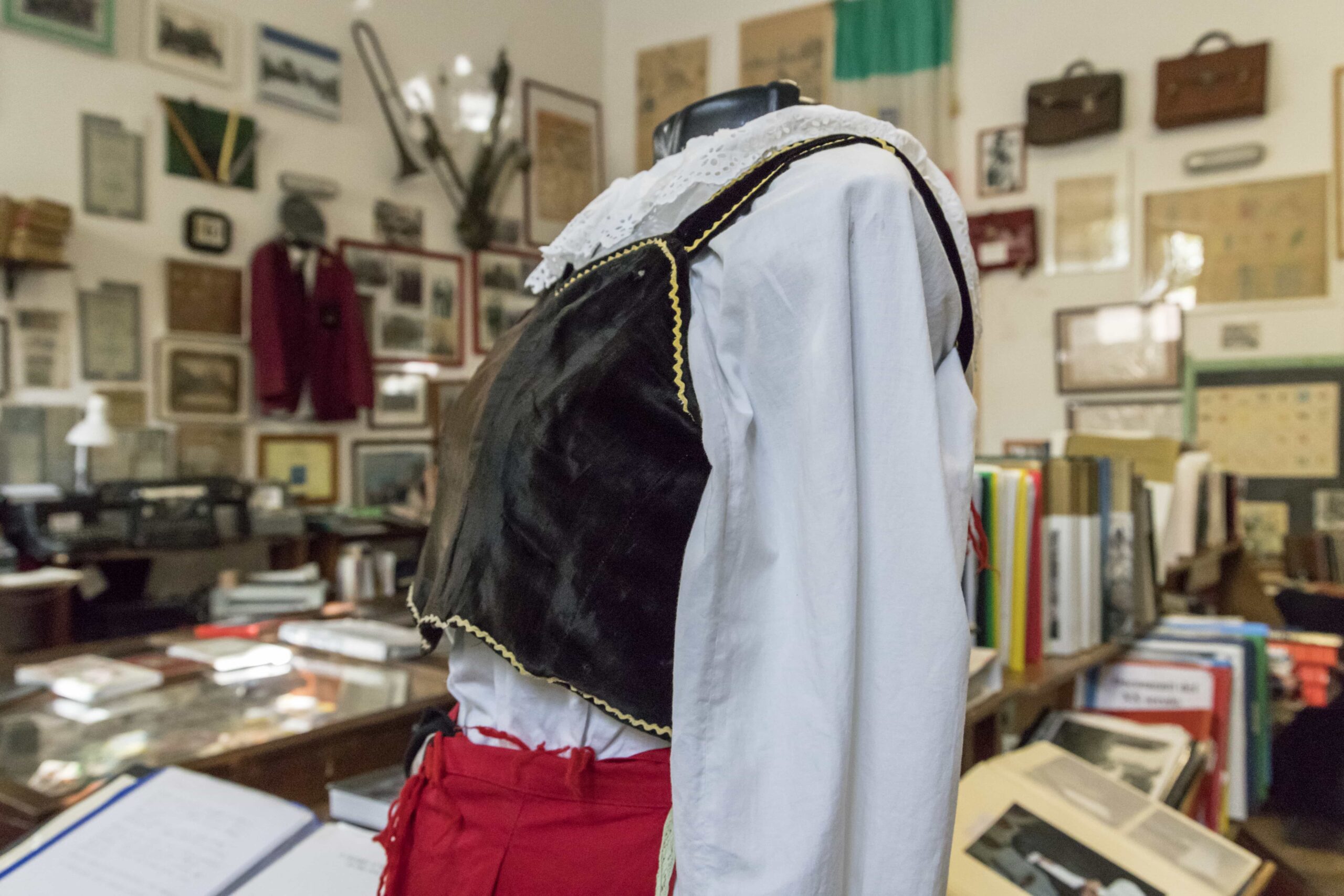Among the seven pearls of the “garden coast”, it has soft sandy beaches and shallow waters, which can also be reached via the well-equipped cycle path.
A destination not to be missed, if you love nature and wild landscapes, is the Borsacchio Nature Reserve, characterised by dunes and Mediterranean scrub, which guarantees a protected habitat for rare species of birds, such as the Fratino, at risk of extinction, which nests on the beach. In the reserve you will find Villa Mazzarosa Devincenzi, an early 20th century building where Senator Giuseppe Devincenzi set up an agricultural experimentation laboratory; the cellar area preserves the largest oak barrel in Europe.
Passing through the centre of Roseto, which is among the Authentic Villages of Italy, visit the Church of Santa Maria Assunta, built around 1857 amidst stately palaces: it houses a magnificent terracotta high altar and a painting of the Holy Family by the painter Pasquale Celommi.
Continue on to the Villa Comunale, a typical Abruzzese dwelling built between 1890 and 1920. The garden houses the Municipal Picture Gallery and the Municipal Antiquarian Library. The civic Pinacoteca houses paintings by two 19th-century artists from Roseto: Raffaello and Pasquale Celommi.
The coast has many jewels to offer, but what if we told you that it doesn’t end there? In fact, the hill represents the other face of Roseto: the town developed from the pretty medieval village of Montepagano. Immerse yourself in its timeless atmosphere, strolling through alleys and churches rich in history and spirituality; you will recognise traces of the ancient fortifications and the three original gates. From its Belvedere, you can admire the entire valley below, letting your gaze wander along the Adriatic coast and towards the Gran Sasso.
Here, you can also visit the Civic Museum of Material Culture, which recounts the rituals and customs of Roseto’s farming culture with tools, implements and accessories of rural life.
A culture that also reflects on the food and wine tradition: seafood cuisine is flanked by high quality PGI meats, as well as wines and oils recognised with the DOC and DOP marks. It is no coincidence that wine is the protagonist of a not-to-be-missed event: the Montepagano Typical Wines Exhibition, held in August and hosting the major wine producers of the province of Teramo and the entire region.










